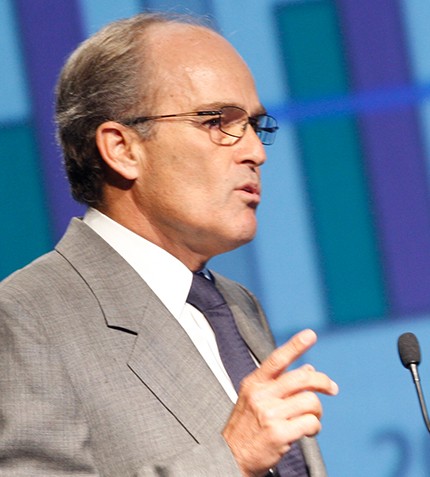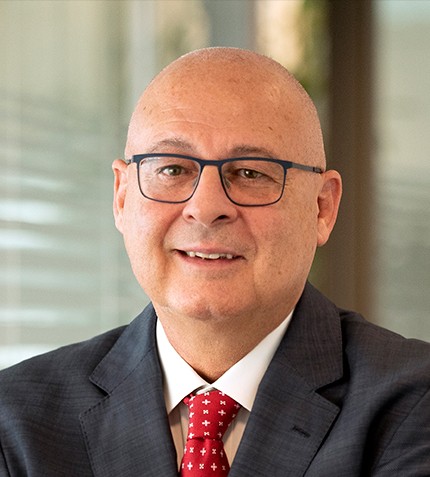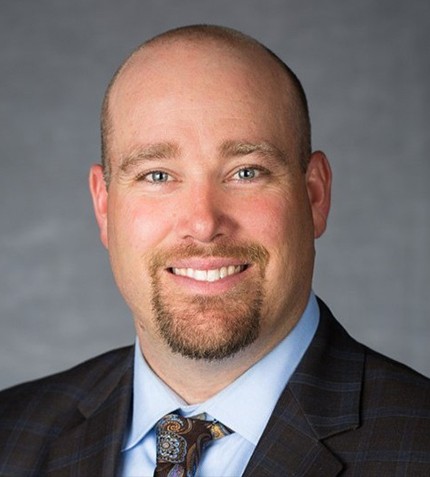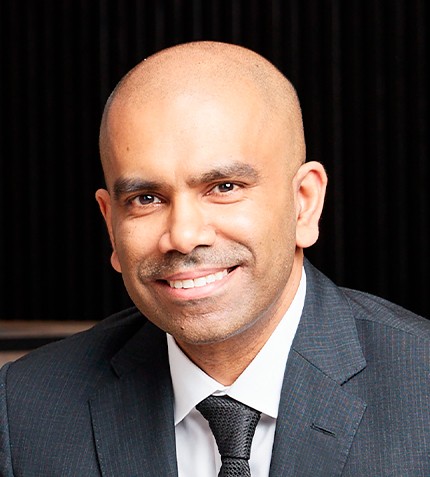
"Politicians in Peru are similar to politicians all over the world. They promise a number of things, but do not realize that there are checks and balances in place. In the case of Peru, this means the conformation of Congress."
Roque Benavides
CHAIRMAN, BUENAVENTURA
What are your thoughts on the current political situation in Peru, and do you think the pre-election rhetoric of the candidates could result in tangible changes to the country’s mining sector?
Politicians in Peru are similar to politicians all over the world. They promise a number of things, but do not realize that there are checks and balances in place. In the case of Peru, this means the conformation of Congress. In the current Congress, where 10 political parties are represented, neither Mr Castillo or Mrs Fujimori have control. The Peruvian system requires dialogue to reach consensus. A candidate can say what he/she wants to do, but turning this into legislation is another matter. There are some independent institutions in Peru which really work, and one of them is the Peruvian Central Bank (BCRP), which acts as the economic advisor of the Peruvian economy. Whoever wins the election needs to understand the economic challenges we are faced with, and act accordingly.
Anything that can be decided by politics in Peru will require an evaluation of our competitiveness, comparing things such as taxation and permitting procedures to leading mining jurisdictions such as Canada, Australia and Chile – countries which have been more successful than us in attracting investment. I hope that common sense prevails, and as the private sector we are actively working with politicians to convince them that this is the way forward.
Do you believe that political turbulence is causing delays to development projects, such as the Yanacocha Sulfides JV between Newmont and Buenaventura?
The political situation may have been a contributing factor to the postponement of the Yanacocha Sulfides development, but there are a number of other factors in play. Both technical and macro factors must be considered, including the outcome of the election.
To what do you attribute the negative sentiment towards the mining industry in some regions?
There are a number of reasons why there is negative sentiment towards mining, one of which is expectation, and the government plays a role in this. I will give the example of Las Bambas. When Mr Vizcarra was Minister of Transportation, he went to negotiate with the Cotabambas community and said that government was going to build a paved road, which never happened. This has led to years of conflict, with the mining company bearing the brunt of the blame.
Peru is a very centralized country, and many rural community leaders believe that mining is going to replace government in their regions, which is not realistic. The lack of management skills at the three levels of government – national, regional and provincial – is terrible in Peru. The private sector needs more dialogue to present and convince local communities of the benefits mining can bring, and government authorities do not help in this respect. However, we have to be critical of ourselves before criticizing others, and as an industry I believe we can do better.
How could Peru stimulate exploration and reverse the downward trend in gold production?
Exploration is the essence of the mining industry. However, in Peru, exploration requires as many permits as putting a mine into operation, which is absurd. In Peru, it can take six to eight months to get a permit to drill. By comparison, in Mexico it take only three weeks. Mining companies have a responsibility to convince our authorities that exploration is research – it does not have a major impact on nature, and it gives you a lot of information. What we are mining in Peru today are all deposits which have outcrops on surface. We have not discovered a hidden, deep deposit, but worldwide there have been a number of world-class discoveries at depth. Peru still has a lot to discover.
What is the current status of the San Gabriel project, and when could this be moved into production?
We are working actively and enthusiastically to develop San Gabriel, which is currently at the end of its permitting process. We started the prior consultation process two years ago, we continue having meetings with local communities, and the government keeps supporting its development as part of the economic reactivation after COVID-19. The authorities always reference San Gabriel when speaking about active projects in Peru’s development pipeline. We are currently evaluating the possibility of using solar power for San Gabriel, which has an ideal location to benefit from such an energy source. The mine should be in production by 2023.
Can you tell us about Buenaventura’s investment in Tinka Resources?
Buenaventura’s investment in Tinka Resources has a double objective. First of all, it is an excellent deposit with excellent management. Secondly, the Ayawilca project is located close to the trend where we are already operating, as well as El Brocal. I will tell you an anecdote. The first mine that the young Alberto Benavides explored in 1946, called Colquipucro, was in the area of Tinka Resources. The central region of Peru is a very mineralized area, and it is not a coincidence that we are investing here again.
Do you have a final message for the Peurvian mining industry, on the bicentennial anniversary of the country’s indepence?
I would say that Peru has a brilliant future. I would also add that 2021 is not the real bicentennial anniversary of our indepence, in fact, it will be 2024, which is 200 years after the last battle against the Spaniards was fought. In these next three years, the private and public sectors have to work together to take advantage of the opportunities in front of us. We have to give opinion and become more involved in civil society. This election has shown that we have to be more active, and we will be more active to contribute to the well-being of our country.










